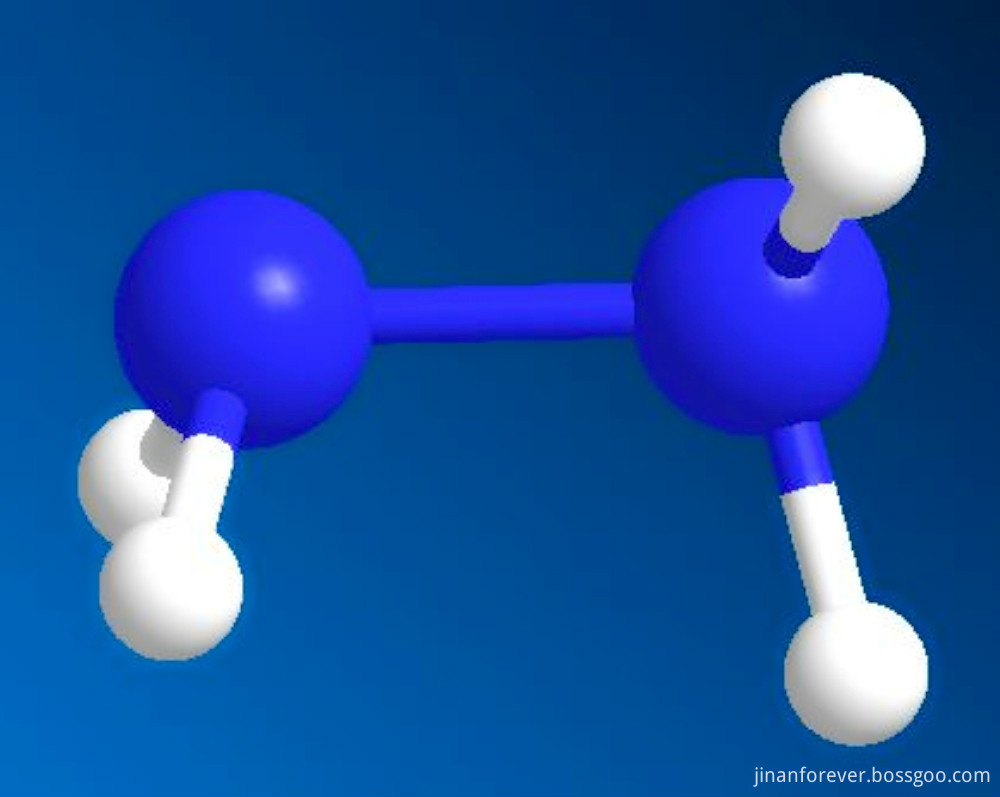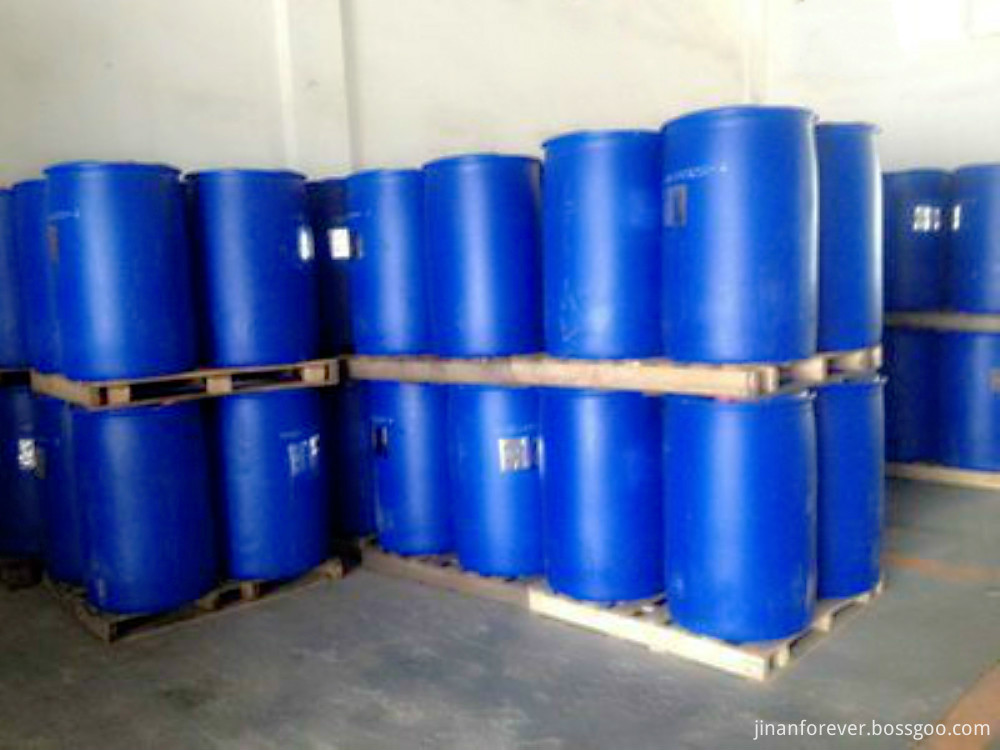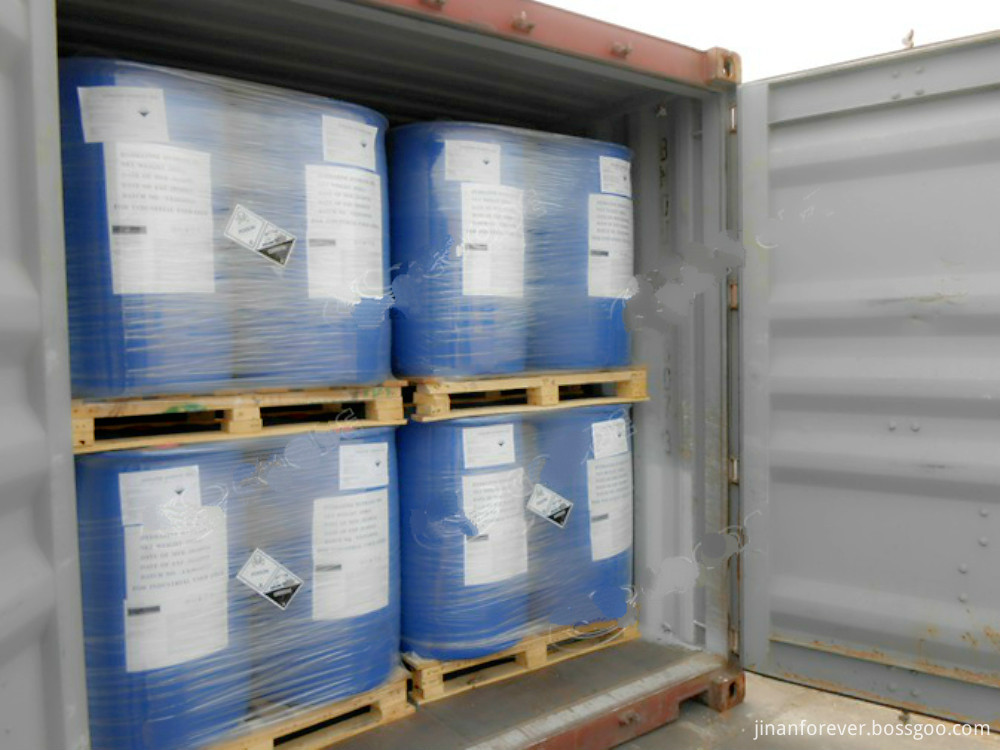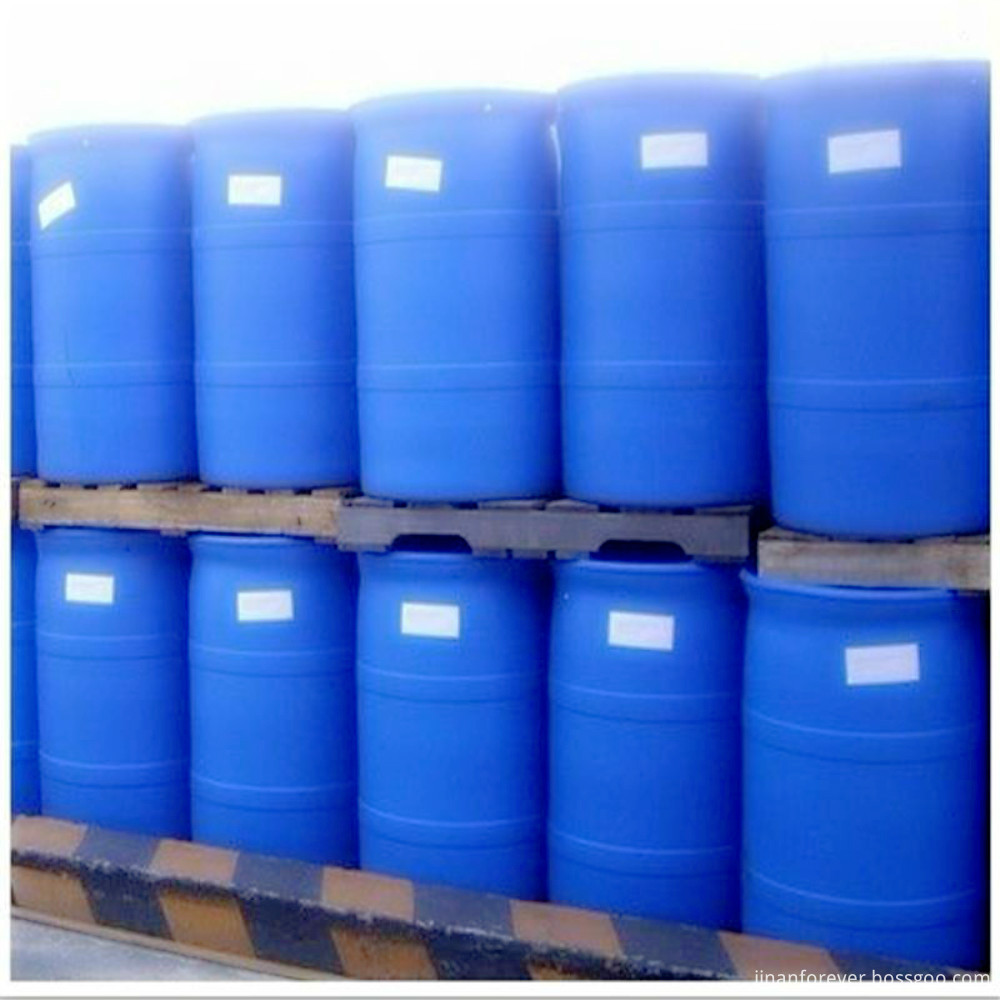Russian researchers found that Spirulina platensis can be made into biofuels, but the impurities are numerous and difficult to identify. To this end, researchers used a special “fumigation†method combined with mass spectrometry to identify all the components of this biofuel and paved the way for improving the quality of this fuel.
Through the new method, the researchers found that the main components of Spirulina platensis fuel are free from the hydrocarbons contained in petroleum, and its fuel composition is similar to a plant pigment and several organic dyes.
Spirulina platensis is a type of blue-green plankton and has a body length of 500 microns and is distributed in some freshwater lakes in the tropics and subtropics. Researchers from the Moscow Institute of Physics and Technology and Moscow State University reported in a new issue of the British Journal of European Mass Spectrometry that this spirulina can convert carbonic acid and solar energy in its living environment into sugar and other nutrients to feed In itself, its growth and division multiply faster than many photosynthesis organisms, with the potential to develop biofuels.
In the experiment, the researchers first dried the Spirulina platensis and heated it to 300 degrees Celsius with a reactor that simulates the oil production conditions and applied high pressure. The result was liquid combustibles and sediments at the bottom of the reactor. Dense gum. However, preliminary analysis shows that both substances contain large amounts of impurities that can interfere with the researchers' analysis of the useful components of the biofuel and hinder the further improvement of the process to improve fuel quality.
Theoretically, the composition of the above Spirulina fuel can be identified by comprehensively applying mass separation, detecting the ratio of ion charge to mass (mass-to-charge ratio), and analyzing the spectrum by mass spectrometry. In order to improve this identification effect, Russian researchers first “fumigated†and impregnated the spirulina with steam of heavy water and strong alkali solution before using Spirulina platensis to make fuel. Under the action of these two vapors, the heavy hydrogen in the heavy water (ie, helium) will be incorporated into various molecules of the Spirulina. After the thus processed Spirulina was fueled, the researchers used "Fourier Transform Ion Cyclotron Resonance Mass Spectrometry", a mass spectrometry method that measures the ion mass-to-charge ratio based on the ion cyclotron frequency in a given field. The molecules of the fuel are analyzed.
This mass spectrometry allows for the detection of higher resolution components of molecules containing heavy hydrogen. The specific spectrum obtained in the test can also be compared with the spectrum of ordinary Spirulina platensis fuel to assist in determining all the components of the fuel.
Igor Popov, a biochemist who participated in the study, said that through the new method, the researchers found that the main components of Spirulina platensis fuel do not contain the hydrocarbons contained in petroleum, their fuel components and plant pigments " "Bright green" is similar to several organic dyes. In addition, the fuel also contains an impurity such as a niobium compound formed of a nitrogen group element and nitrogen.
Popov believes that the above findings will help researchers further analyze which component of Spirulina platensis fuel is more suitable for processing into high-efficiency fuels. This species of spirulina is rich in fuel components. After solving these two problems, the researchers will try to breed a more suitable biofuel Spirulina platensis through genetic modification. (Reporter Hao Hai)
Forever Chemical is backed by about a gross of qualified professionals having a collective experience of over a hundred decades in the industry. Forever Chemical is certified under the Occupational Health and Safety Management system by OHSAS 18001:2007 certification, ensuring the industry`s best work environment.
Forever Chemical is chosen for its integrity and observance for high quality standards with commitment to customer value. Forever Chemical has served over 18000 clients worldwide so far and still counting.


Forever Chemical has been awarded with the Best Growing Business Award by WBBA in 2010 and 2012, and by ABID in 2013 for Best Place to Work.
In recent years, we are continuously make breakthroughs on hydrazine hydrate product and high value-added products. Hydrazine hydrate 80% takes a new vitality to our company. Hydrazine hydrate 100% development is successful. We own mature sector collaboration system, including marketing research department, sales group, and technical team. They work according to their functions and roles. They analyze hydrazine hydrate 55% from all angles. Hydrazine hydrate 64%quality is kept improving all the time.


Hydrazine Hydrate 64%
Hydrazine Hydrate 64%,Biochemistry Hydrazine Monohydrate,Industrial Hydrazine Hydrate,Hydrazine Dihydrobromide Hydrate
Jinan Forever Chemical Co., Ltd. , https://www.jinanforever.com